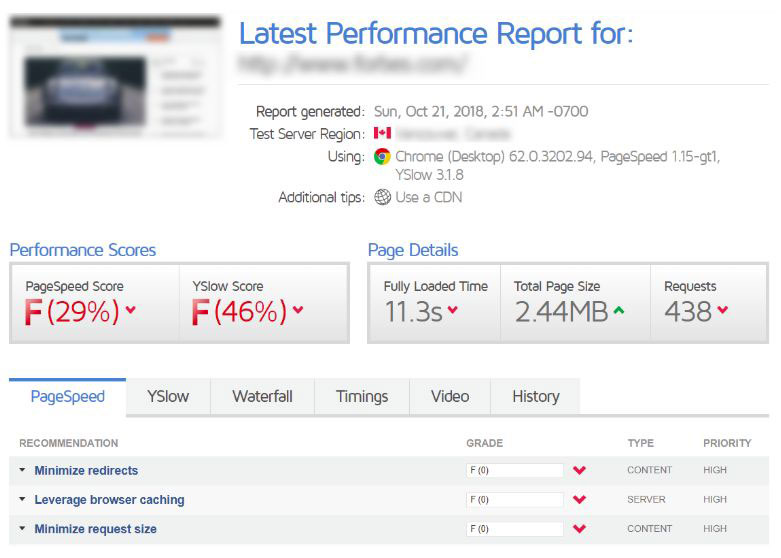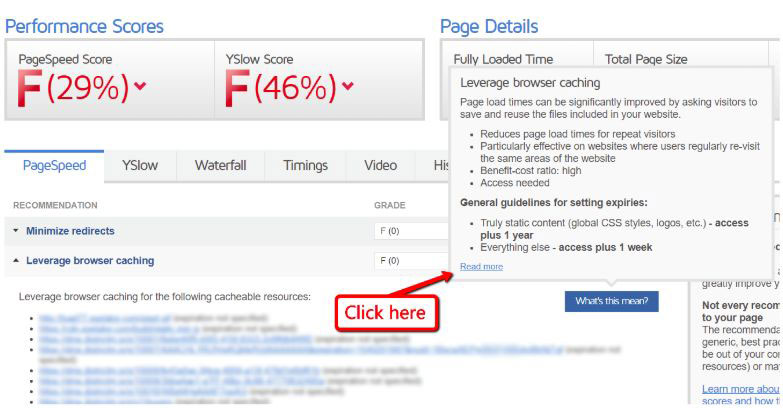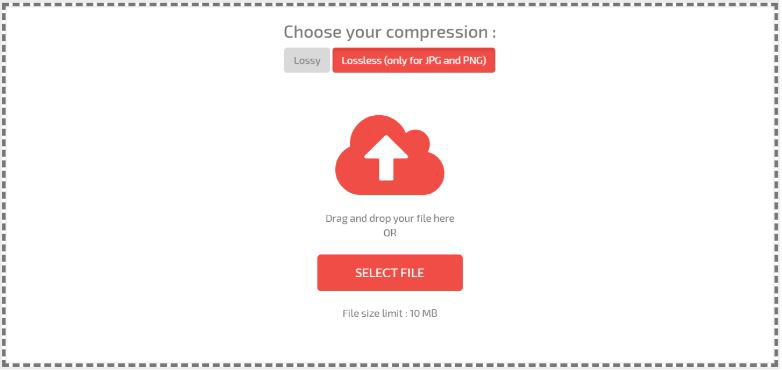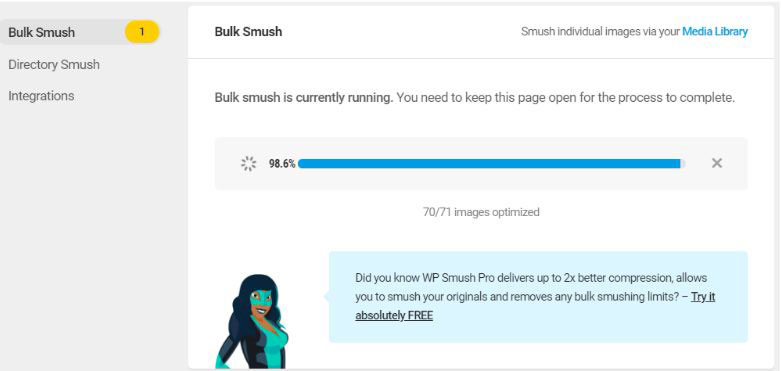- Colection of 65 PHP scripts for $4.29 each
If you run an online store, you’d know that getting traffic is only the first step.
To cash in on your efforts, you also need to invest in conversion rate optimization or CRO strategies that can turn your visitors into paying customers.
If you comb through a handful of guides on the subject, you’ll see that the most common strategies include configuring timely pop-up offers, providing coupon codes, designing better landing pages, and maybe a few tips on remarketing.
This time, however, we’ll focus on the fundamental aspects of an e-commerce website that affect all of the above — performance and security.
Let’s jump into it.
Website Performance and User Experience
It’s no secret that a website’s loading speed is pivotal to the user experience.
Remember, we live in an age of instant gratification.
People nowadays are spoiled with user-friendly software, free information, and consumer-focused value propositions. And if there’s one thing they despise the most, it’s waiting for an app or website to load and do its job.
Several case studies show the undeniable correlation between website loading times and conversions.
Some of the noteworthy statistics include:
- A 1-second delay in loading time often leads to a 7 percent loss in conversions
- If your e-commerce business generates $100,000 per day, a 1-second loading speed increase can rake in $7,000 more sales daily
- For Amazon, a 1-second delay in loading time could cost them $1.6 billion in sales annually
Aside from its direct impact on e-commerce profitability, a slow website also affects a website’s traffic and bounce rate.
Statistics show that 40 percent of consumers are more than ready to abandon a website that takes over 3 seconds to load. For mobile websites, this number grows to 53 percent of users — more than half of your potential customers slipping through your fingers.
Using Performance Analysis Tools
Okay, I get it — loading speed is important.
The million-dollar question is, what are you supposed to do about it?
Since a slow website can be caused by a variety of reasons, a performance analysis tool like GTmetrix would be a great place to start. It automatically scans your website for any issues that bottleneck performance as well as generate a list of optimization suggestions you can follow.

If you have no idea how to apply these optimizations, simply click on them to reveal more details. Hover your mouse pointer over “What’s this mean?” and click “Read more” for technical information and tips pertaining to the optimization.

Of course, the easiest route is to work with your in-house web developer or outsource a freelancer to do the heavy lifting. Other optimizations, on the other hand, can be handled rather easily with the help of the right tools, especially if you use a content management system or CMS.
Compressing Your Images
An e-commerce website relies on heaps of product photos, logos, and other forms of visual content to engage potential customers.
The only problem is, these assets could slow a website to a crawl if left unoptimized.
If you only have a few images to optimize, a tool like Compressor.io should do the trick.
Compressor.io automatically applies lossless image compression to an image, reducing its file size without any perceivable effects on its quality.

The main drawback, however, is you can only optimize one image at a time. Sure, Compressor.io is free and does the job reliably, but if you have hundreds of images to compress, then it’s barely efficient.
For large e-commerce businesses, a better option would be to use a plugin or app supported by your platform. Shopify, for example, has Crush.pics while WordPress has WP Smush — both of which are able to optimize your entire image library in one go.

Leveraging a Content Delivery Network
Plenty of e-commerce websites, particularly those that cater to the international audience, use a content delivery network or CDN to keep the user experience consistently fast.
As the name suggests, a CDN utilizes a network of servers that share the responsibility of saving, managing, and delivering web content to users. Latency — the delay of data transfers — is significantly reduced by utilizing the server nearest to the user’s physical location.
In addition to the performance gains of using a CDN, it also offers protection against some cybersecurity threats, particularly DDoS attacks that flood and overwhelm a server with malicious traffic to deny access to legitimate users.
This leads us to the next section of this post.
Security and Buyer Confidence
Whether you like it or not, you must first win the trust of your visitors before you can convert them into paying customers.
Other than showcasing user-generated content such as customer reviews and social media ratings, you can also build buyer confidence with security badges, trust seals from payment gateways, and a digital certificate verification.
Keep in mind that a cybersecurity breach that involves a customer data leak could have irreversible consequences for your brand. According to statistics, 60 percent of companies would fail within six months after a cybersecurity breach.
The good news is, you don’t have to wait for a cyber-attack to reap the rewards of implementing cybersecurity.
- Presenting a cookie consent notification
In case you’re unaware, the General Data Protection Regulation or GDPR requires companies to present a cookie consent notification on their website if they utilize the data of EU-based customers. Apart from the legal implications of non-compliance, privacy-conscious consumers who are aware of the GDPR will be reluctant to purchase from your site. - Showcase security seals from the right services
Payment gateways, SSL certificate vendors, and cybersecurity companies allow their clients to present badges that provide customers reassurance. Just be sure they appear on your online catalog, checkout page, about page, and email signature. - More sales through increased performance
Lastly, protecting your website against cyber-attacks would also prevent costly downtimes and lost customers due to crashes or slowdowns — not to mention a large bill from security services that offer cleanup and recovery.
Conclusion
At this point, you should be more than convinced that website security and performance are the backbones of profitability.
Without them, it’s nigh impossible to unlock the true profit potential of your website. And with the tips above, you should begin to see an increase in conversions real soon. Cheers!